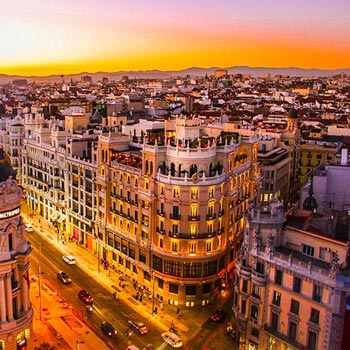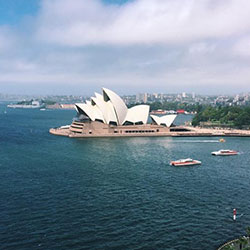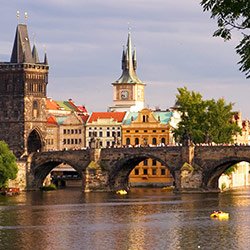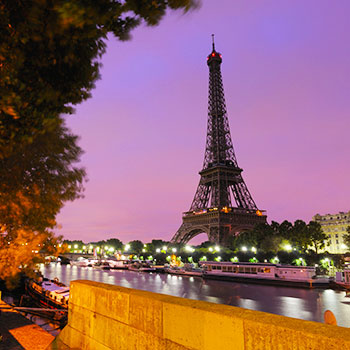Prague’s history is a melting pit of many cultures and ethnicities. This Slavic nation has roots that run deep into the 13th century. However, in my mind, you can’t truly live in a place if you don’t know its history. So, I set out to learn all I could about one of Europe’s oldest cities. After some research, I found our there was a prison and ghetto called Theresienstadt, otherwise known as Terezin not too far form Prague.
While not especially cheerful, it’s a good daytrip from Prague, and even if the events and their scale are difficult to comprehend, making the effort is, in itself, worthwhile.
Joey Notowich is the Spring 2014 CEA MOJO in Prague, Czech Republic. He is a junior at the University of Indiana, Bloomington.
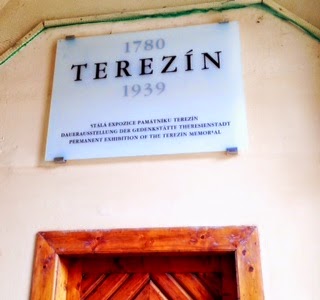 |
| Entrance at Terezin |
To get to Theresienstadt, you need to take a bus or private tour, but the memorial is only an hour away from the city of Prague, making it an easy day trip.
Terezin, also known as Theresienstadt, is now a memorial set up to commemorate the Jewish Ghetto that used to exist there during World War II.
Terezin was commissioned and built by Joseph II of the Hapsburg Empire in the 18th century, and he named it after his mother, Maria Theresa. It was originally constructed as a fortress to protect the Hapsburgs from the pending war with Prussia. While the war never came, Terezin stood tall for years to come as a place to hold the empire’s prisoners.
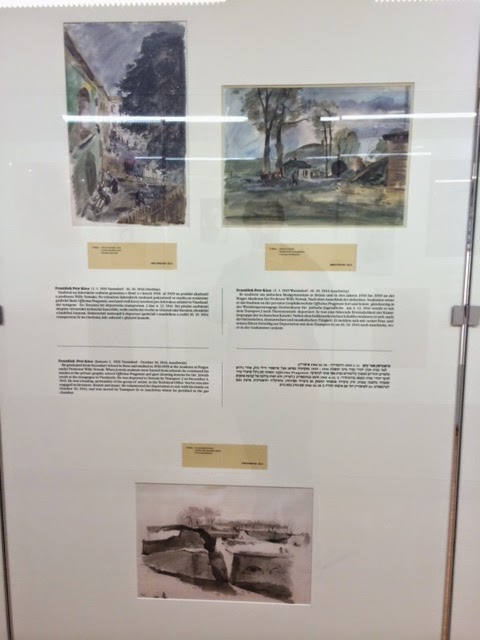 |
| Children's Art |
If you make a trip to Terezin, you will see a set of elaborate caves, prison, and a town transformed into a ghetto during World War II. While Terezin’s history is sad, I felt like learning all of Prague’s history, the bad and the good.
During World War II, the German Army took over Terezin and used it as a prison and holding place for Jews, Gypsies, and the Germany’s political prisoners.
Today, it is a memorial visited by thousands of people each year to commemorate the people who were mistreated and abused during the War.
The most interesting part of the memorial is the art exhibition. The memorial is home to a collection of art created only by children during World War II. Additionally, there were so many musicians in Terezin, there could have been two full symphony orchestras performing simultaneously daily. There were a number of distinguished composers who created works at Terezin, including Brundibaror the Bumble Bee, a children’s song and a number of chamber compositions, which only now are being resurrected and played in Europe and the U.S.
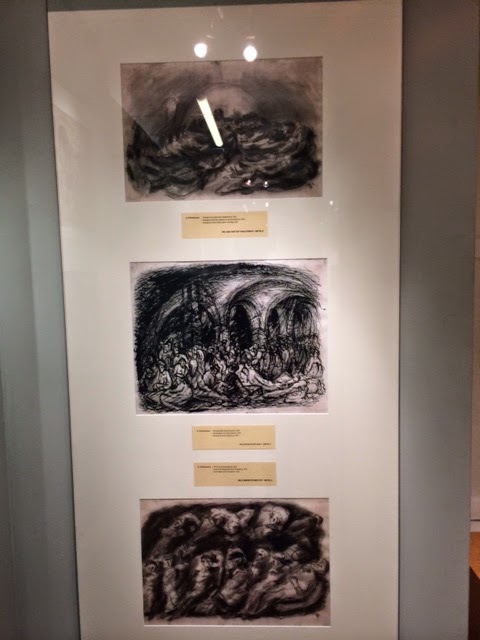 |
| More Children's Art |
While not especially cheerful, it’s a good daytrip from Prague, and even if the events and their scale are difficult to comprehend, making the effort is, in itself, worthwhile.
Joey Notowich is the Spring 2014 CEA MOJO in Prague, Czech Republic. He is a junior at the University of Indiana, Bloomington.
